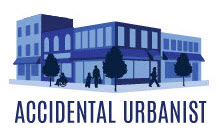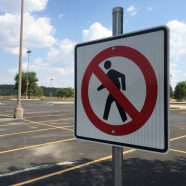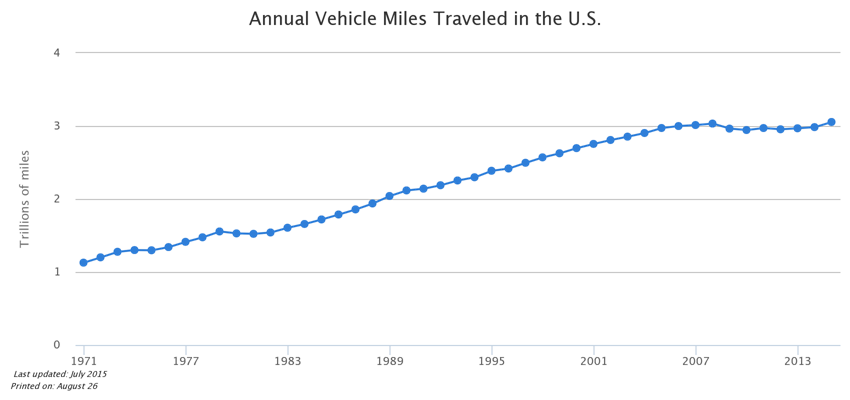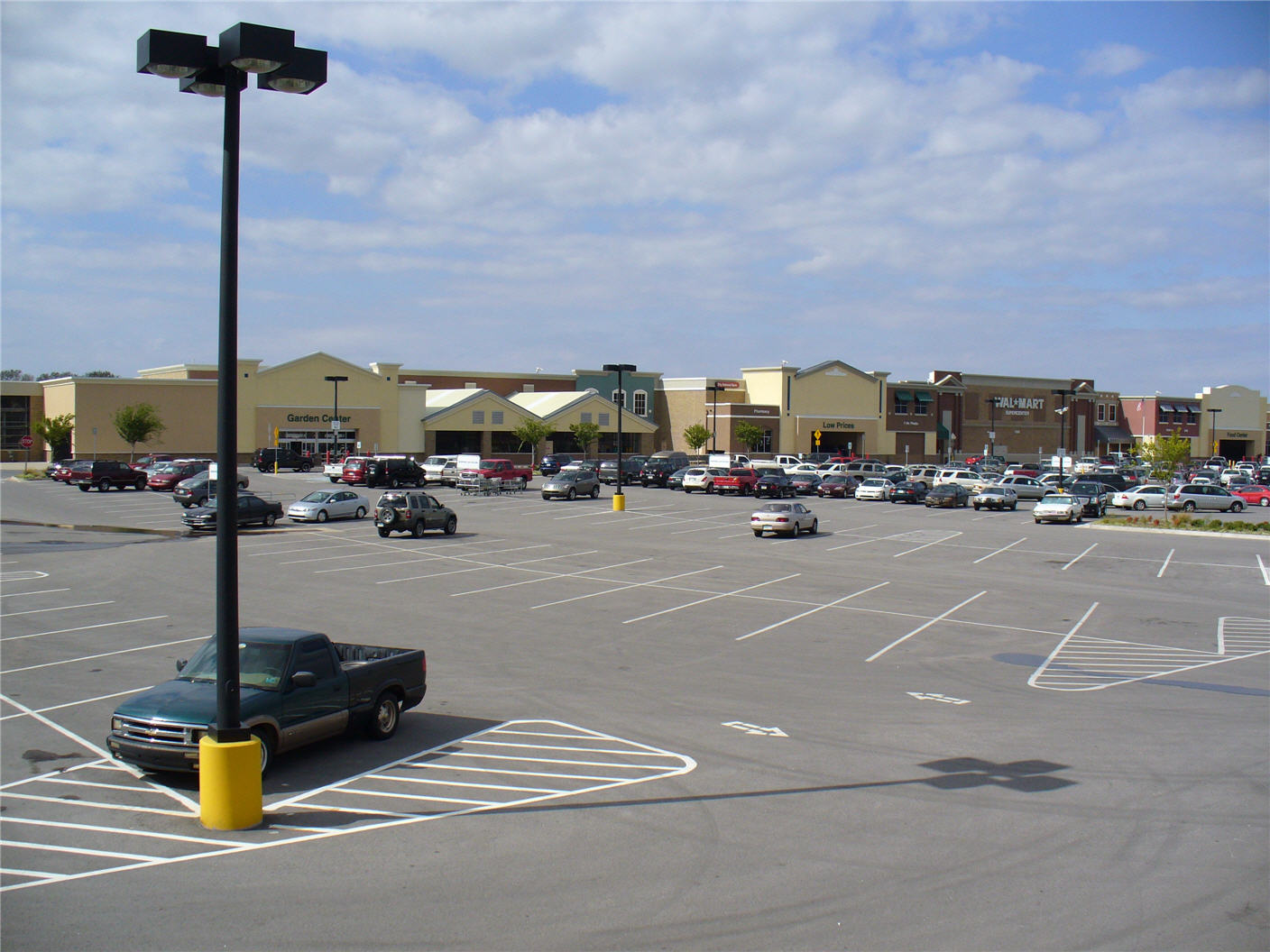Unhealthy by Design
For the first time in our history, we are raising a generation of kids who will have a shorter lifespan than their parents.
Take a moment and let that sink in.
It’s a startling fact.
Historically, the challenge for public health officials was the fight against infectious diseases. In 1900, the leading causes of death included pneumonia, tuberculosis, and some nasty intestinal maladies I’d rather not get into. (No need to gross everyone out.) Let’s just say that no amount of Pepto Bismol was going to help.
Happily, we spent the 20th century developing solutions to these problems. We created clean water and sanitary sewer systems. We developed antibiotics and immunizations. We learned about the importance of proper ventilation, hygiene and sanitation practices. Combined with increased worker and consumer safety regulations, these changes added 25 years to the average American’s lifespan.
Today that lifespan is decreasing. And now we have a totally different public health crisis: chronic diseases linked to inactivity and obesity.
In 2014, the leading causes of death were heart disease, cancer, lower respiratory disease, and stroke. Although diabetes is 7th on the list, the number of people with diabetes has tripled since 1994 with no end in sight. It’s estimated that by 2030—if trends don’t improve—more than 80% of Americans will be overweight or obese.
The Evolution of Inactivity
So what changed? Why, despite advances in drugs and medical procedures, are people less healthy today than 20 years ago? Why, despite all our focus on diet and healthy eating, are we gaining weight?
One major factor is the amount of physical activity we get.
Since 1994, the number of Americans reporting absolutely NO physical activity has increased from 17% to 52%.
Which just happens to be directly related to the amount of time Americans spend sitting in their cars.
Since 1980 the number of vehicle miles traveled has doubled.
If you look at the way we design our cities it’s no wonder. We’ve spent the past several decades prioritizing the needs of cars over the needs of people. We’ve designed inactivity and auto-dependence into our daily lives.
Convenient for Cars; Deadly for Humans
Instead of wide, tree-lined sidewalks and bike lanes, we get multi-lane roads designed for high-speed travel by automobiles. Instead of corner cafes and coffee shops, we get drive-thrus in the middle of asphalt oceans. Instead of buildings lining our main streets, we get businesses that are pushed back behind an obscene display of surface parking. Instead of homes on modest sized lots with connected street grids, we have giant yards on cul-de-sacs. And instead of building housing near schools, shopping and jobs, we separate each use—as if in fear of cross-contamination.
Our cities have been evolving to meet the needs of automobiles for over 50 years. Unfortunately, our bodies have evolved over a much longer period for a different purpose.
The human body is designed for action. We’re built to walk. We’re meant to be active. And while we’ve become more and more sedentary in recent decades, our inactivity comes at a cost.
If you need hard facts, try this one on for size. According to the American Diabetes Association, the cost of diabetes (direct medical costs and reduced productivity) has risen from $174 billion in 2007 to $245 billion in 2013, a 41% increase in just five years.
The Human Habitat
If we want to change our habits, we’re going to have to change the way we design our human habitats.
We’re going to have to start building places that are great for walking, biking and transit. We’re going to have to put the needs of people above the needs of automobiles.
The Urban Land Institute has put together a toolkit for “Building Healthy Places.” It includes a list of common sense solutions to help make our cities and towns healthier places to live. These include old-fashioned ideas like:
- Incorporate a mixture of land uses (don’t separate everything from everything else)
- Design well-connected street networks at the human scale (make it easy to get from place to place without a car)
- Provide sidewalks and enticing, pedestrian-oriented streetscapes (don’t punish people for walking)
- Provide infrastructure to support biking (burn calories, not gas)
It’s a great place to start the conversation. Other resources include The Center for Active Design and 8-80 Cities.org.
Americans need to get active. The beautiful thing about thoughtful urban design is that the activity is baked into your day. You don’t need a gym membership if you can bike to work or walk to dinner.
Now that’s food for thought.
Read More


